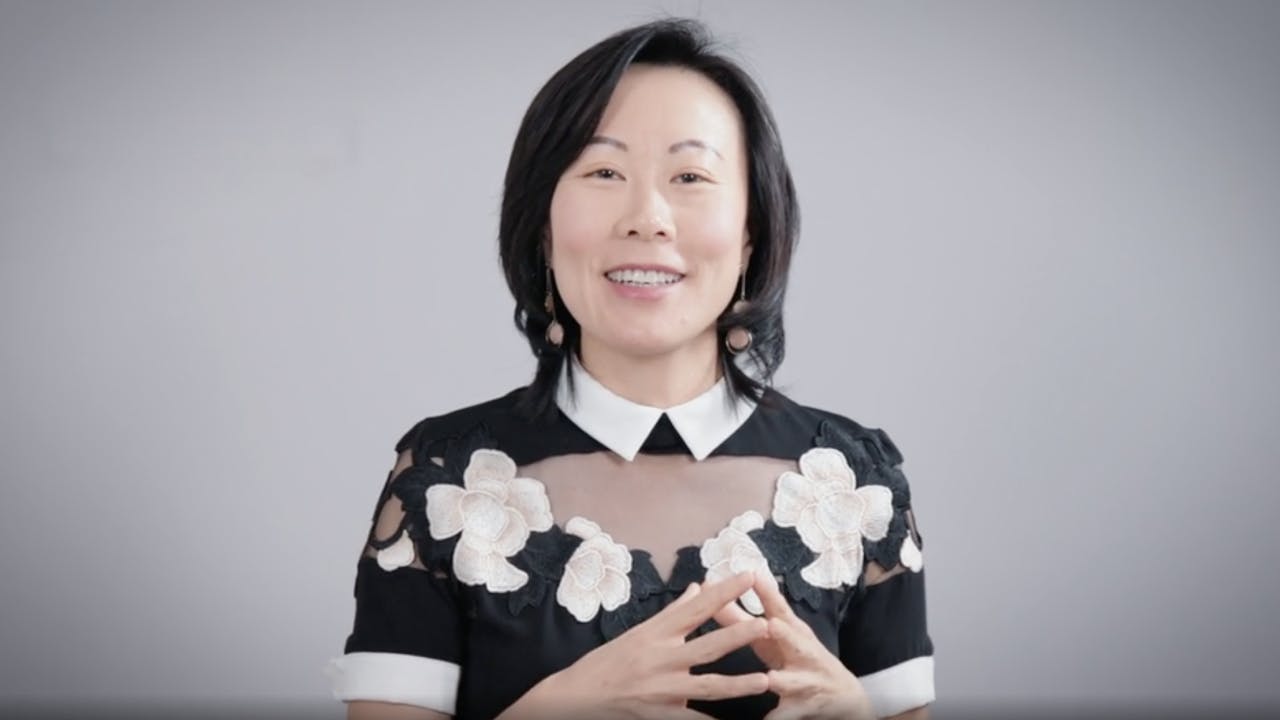According to the Diabetes Canada Clinical Practice Guidelines Expert Working Group, clinicians should consider CGM for the following patients:2
- Adults with type 1 diabetes who:
- Use basal-bolus insulin therapy or continuous subcutaneous insulin infusion (CSII), or
- Experience impaired hypoglycemia awareness, or
- Experienced recent severe hypoglycemia, or
- Are pregnant
- Adults with type 2 diabetes on basal-bolus insulin therapy who have not achieved their A1C target
